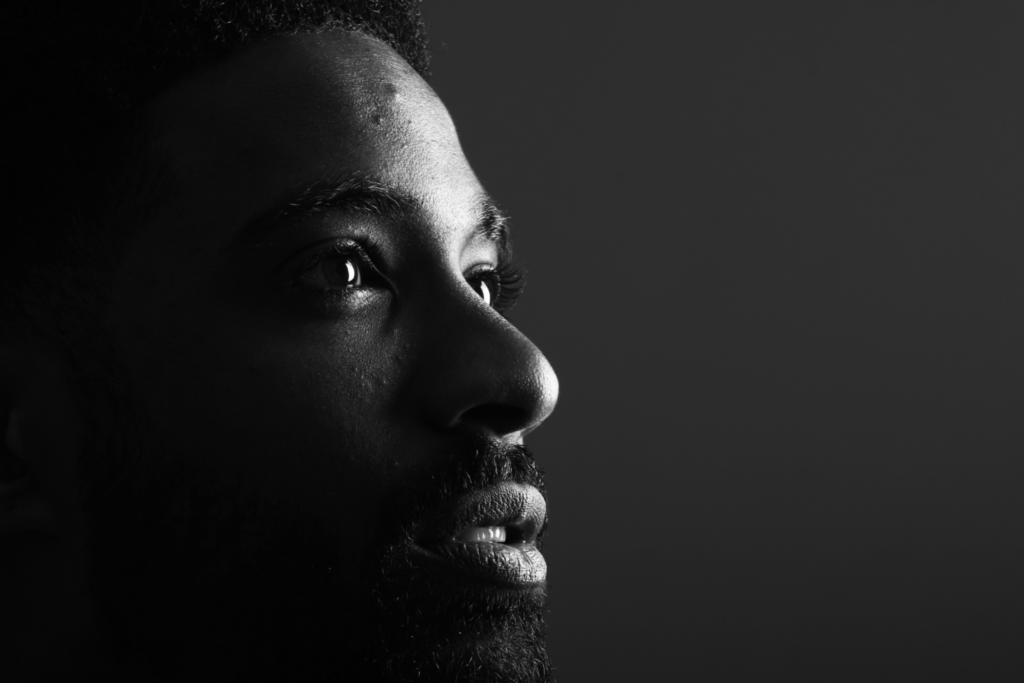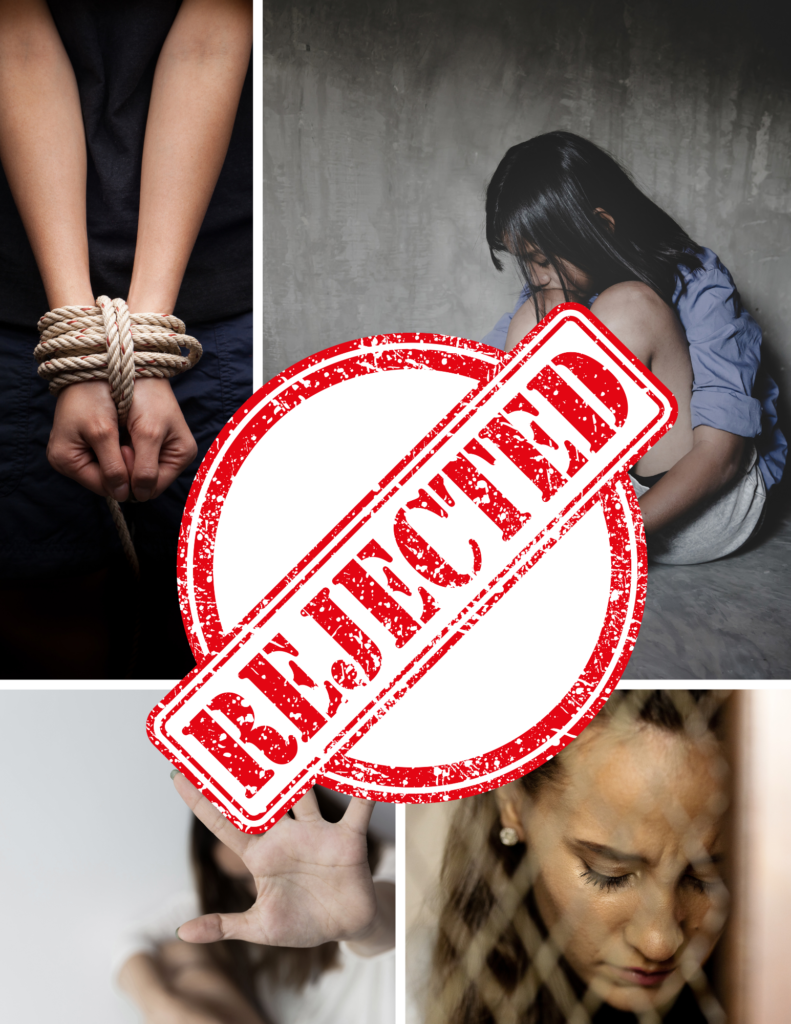Have you ever searched “human trafficking” online and seen those images pop up? You know the ones…the frightened girl with duct tape over her mouth, the forlorn figure in handcuffs or a child trapped in a dark, dirty room – they’re meant to shock us, but do they really tell us the whole story?
The truth is these images don’t represent the reality for most victims, especially here in America. They are misleading and inaccurate.
Why the Stereotypical Images Don’t Cut It
These stereotypical portrayals are problematic for a few reasons.
First, they’re off target. Human trafficking is a hidden crime in plain sight, and victims often appear to be going about their lives freely as mentioned in a previous article, working in a restaurant or a massage parlor.
Traffickers rarely use physical restraints to control their victims. Instead, they exercise a web of subtle tactics that manipulate and exploit victims’ vulnerabilities. This insidious control can be far more effective than physical force in keeping victims trapped. If you think about it, a trafficker wants to keep a low profile. Having a victim that is visibly wounded would spark suspicion and possible inquiries, and also impact the “value” of their victim’s work or ability to perform forced services.
One very effective measure traffickers utilize is constant monitoring. Victims may be followed, their movements restricted, and their communication closely monitored. Phone calls might be screened, internet access limited, and even daily routines controlled. Remember a trafficker is all about power and control and will use whatever means to enforce their dominance. This constant awareness of being watched creates a pervasive sense of fear and isolation within the victim.
Beyond physical limitations, traffickers manipulate victims both emotionally and psychologically. Threats of violence towards the victim or their loved ones are a common coercion tactic. Traffickers rely on emotional manipulation, preying on a victim’s vulnerabilities and building a false sense of trust and dependence. This process, often referred to as “trauma bonding,” creates a distorted reality where the victim feels indebted or even obligated to the trafficker. Imagine being held captive by someone who provides your basic needs, but at the same time, undermines your self-worth and threatens your loved ones. This complex form of manipulation makes escape seem impossible, keeping victims trapped longer and more effectively than physical confinement itself.
While physical violence does occur, it’s often used as a punishment or a tool to reinforce fear and compliance. It’s not the primary means of control employed by traffickers. More common are restrictions on movement, achieved through locked doors, barred windows, and constant surveillance with cameras. While these measures create a physical cage, it’s the psychological manipulation that truly imprisons the victim “invisibly.”

Second, these stereotypical images fail to capture the inherent dignity and resilience of human trafficking survivors. They perpetuate a singular narrative that reduces complex individuals to mere victims defined by their suffering.
In reality, survivors come from all walks of life and experiences. A young man forced into labor may look nothing like the woman we see depicted as helpless in a stock photo.
Imagine a young woman forced into sex trafficking – she might be a talented artist, a loving daughter, and a person full of dreams and hopes for the future. These stereotypical images erase these aspects of her identity, focusing solely on her suffering.
Human trafficking victims are people, who deserve respect and compassion, not pity.
Finally, these images create tunnel vision and give us a dangerous blind spot limiting our perception to what a victim “looks like.” We become fixated on the stereotypical image, looking for only “those victims,” hence, missing potential victims who don’t fit the mold. If we’re constantly looking for the “sad, handcuffed girl,” we miss the young men, children, or even seemingly “happy” individuals who are being exploited.
This narrow portrayal not only disrespects the individuality of survivors but also hinders our ability to recognize victims in everyday situations happening right in front of us.

Shifting the Focus to Dignity and Empowerment
It’s time to move beyond these misleading images that produce the shock value we’re looking for.
Instead, let’s focus on empowering survivors and portraying their experiences with truth and dignity.
So, What Can We Do Differently?
- Seek Survivor Input: We should prioritize using visuals approved by survivors themselves. These images can offer a more realistic and respectful portrayal.
- Focus on Hope and Empowerment: Let’s seek images that capture the strength and resilience of survivors, not just their suffering.
- Expand Our Understanding: It’s crucial to recognize the diversity of human trafficking. No one is immune. It is a crime that can happen to anyone, regardless of age, gender or background.
Remember: A victim of trafficking can be anyone. By challenging stereotypes and promoting accurate awareness, we can create a more real and compassionate conversation about human trafficking and work towards a future where all survivors are recognized, supported and empowered.

